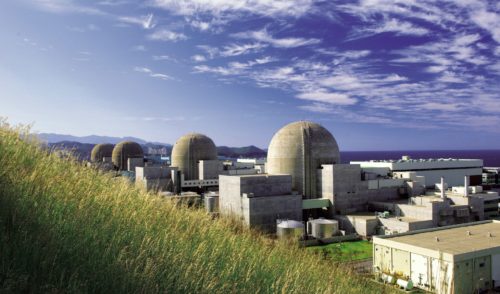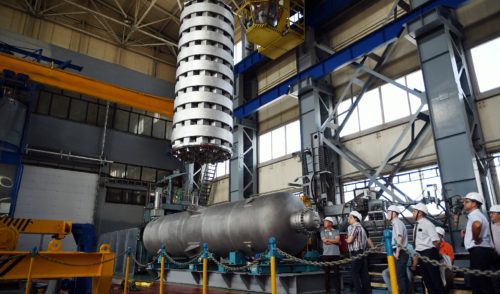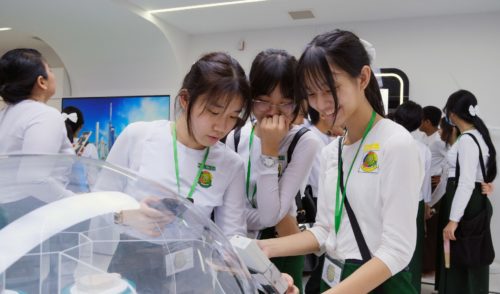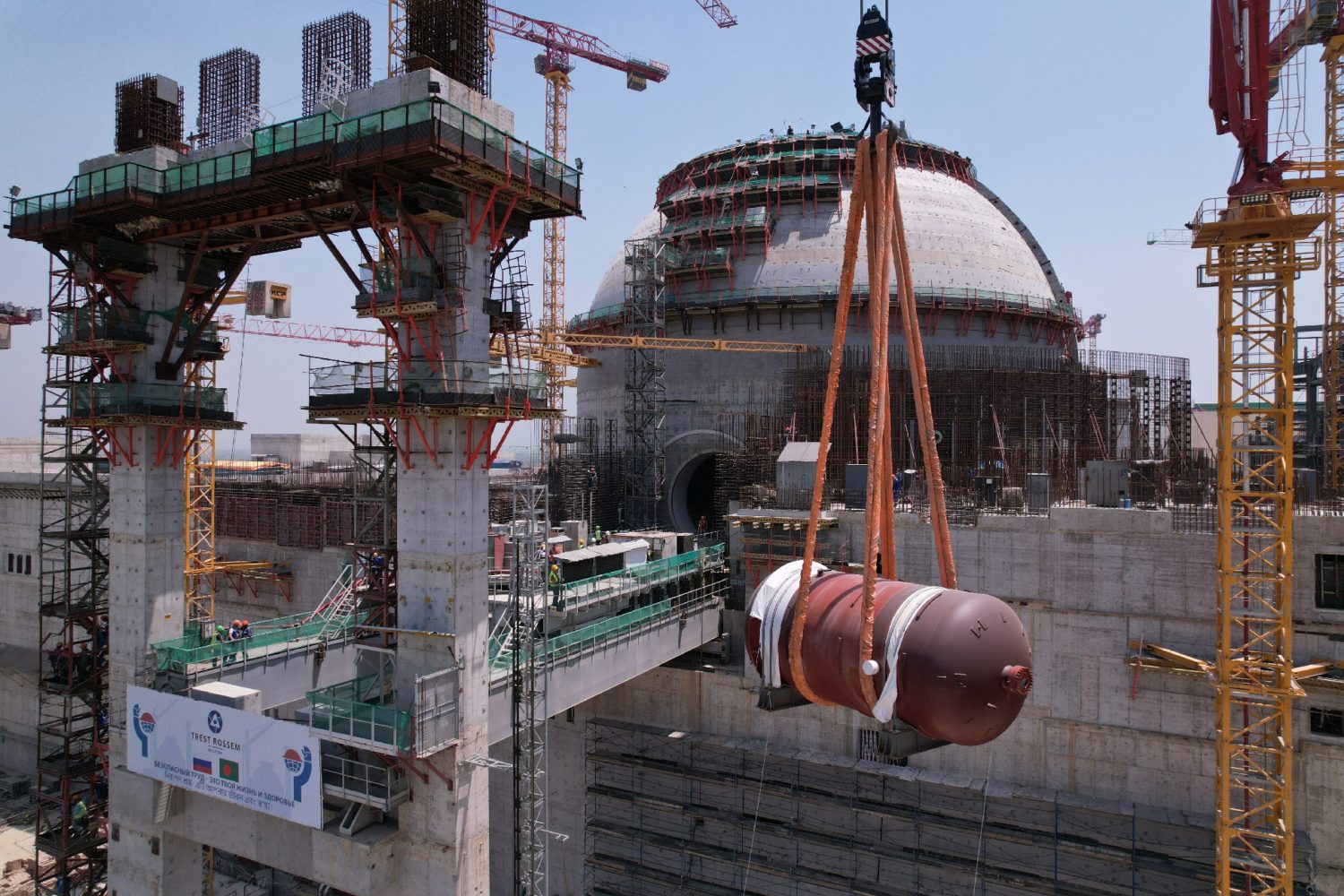
Construction on Track
back to contentsConstruction works at the Rooppur site are fully on track. In April, a passive core flooding system (PCFS) was installed at Unit 2.
Each reactor unit is fitted with eight PCFS tanks. Having a capacity of 120 cubic meters, each tank consists of three shells and two bottoms. Inside the tank, there are maintenance ladders and decks and other internals.
The PCFS belongs to the passive safety systems of a nuclear power plant and is designed to remove residual heat from the primary coolant. When the nuclear plant is in operation, the tanks contain an aqueous boric acid solution warmed up to 60 °C. When pressure in the primary loop decreases below a pre-set level, the solution is injected automatically into the reactor core and cools it down.
In mid-April, the first cubic meter of chemically demineralized water was produced at the plant construction site. This is one of the milestones on the way to achieving the first criticality. VVER reactors use water as a coolant and a neutron moderator, so it must be treated thoroughly to meet the highest quality requirements.
The water treatment process involves several steps, including reverse osmosis, ultraviolet disinfection, and electrodeionization. The treatment system consists of four — two 250 cubic meters and two 1,000 cubic meters — tanks.
All the systems and equipment for the Rooppur NPP are manufactured and supplied by Russian nuclear companies. In late April, the Central Design Bureau of Machine Engineering (CDBME, part of Rosatom’s power engineering division AtomEnergoMash) started to manufacture cooldown pumping assemblies for the primary coolant circuit of Unit 2.
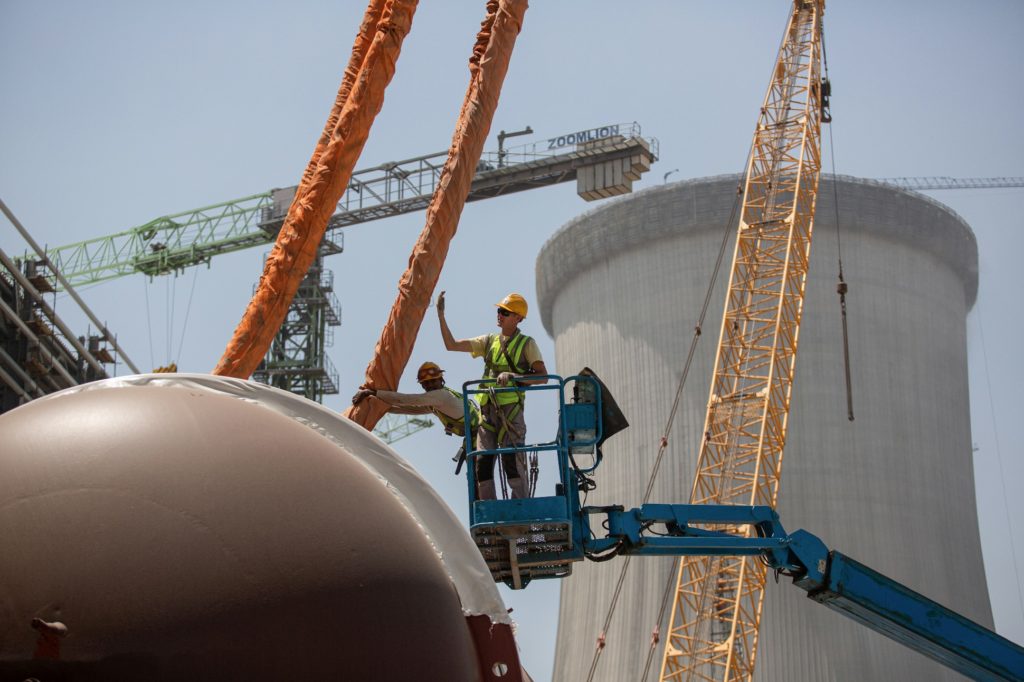
These pumping assemblies are installed in the reactor compartment and designed to increase the reactor safety and cool down the reactor during scheduled maintenance and repairs. Cooldown is a process of removing residual heat from the core after the reactor shutdown.
Two pumping assemblies will be manufactured for each power unit. Each assembly consists of a pump, an 800 kW electric motor, and auxiliary systems. Weighing 9 tons in total, it has a pumping capacity of 300 cubic meters of liquid per hour.
“The design of the pumps enables them to instantly snap into action when the reactor needs cooling, regardless of the actual temperature. Similar pumping assemblies manufactured at CDBME are installed at Units 6 and 7 of the Novovoronezh NPP,” says Andrey Agrinsky, Deputy Chief Designer for Pumping Equipment at CDBME.
The Rooppur NPP is being built on the banks of the Padma River. When in operation, the nuclear plant will source water from the river for its cooling systems. In the meantime, the Padma is used to deliver most of the cargoes for Rooppur. Cargoes from Russia arrive in the seaport of Mongla, where construction materials and equipment are transshipped onto river vessels to travel up the Padma to the construction site. Some cargoes are delivered to the site by road.
In early April, another ship carrying cargoes for the Rooppur NPP arrived in the port of Mongla. Dragonball, flying the Liberian flag, delivered to the port more than two thousand cargo units with a total weight of over 2,000 tons.


